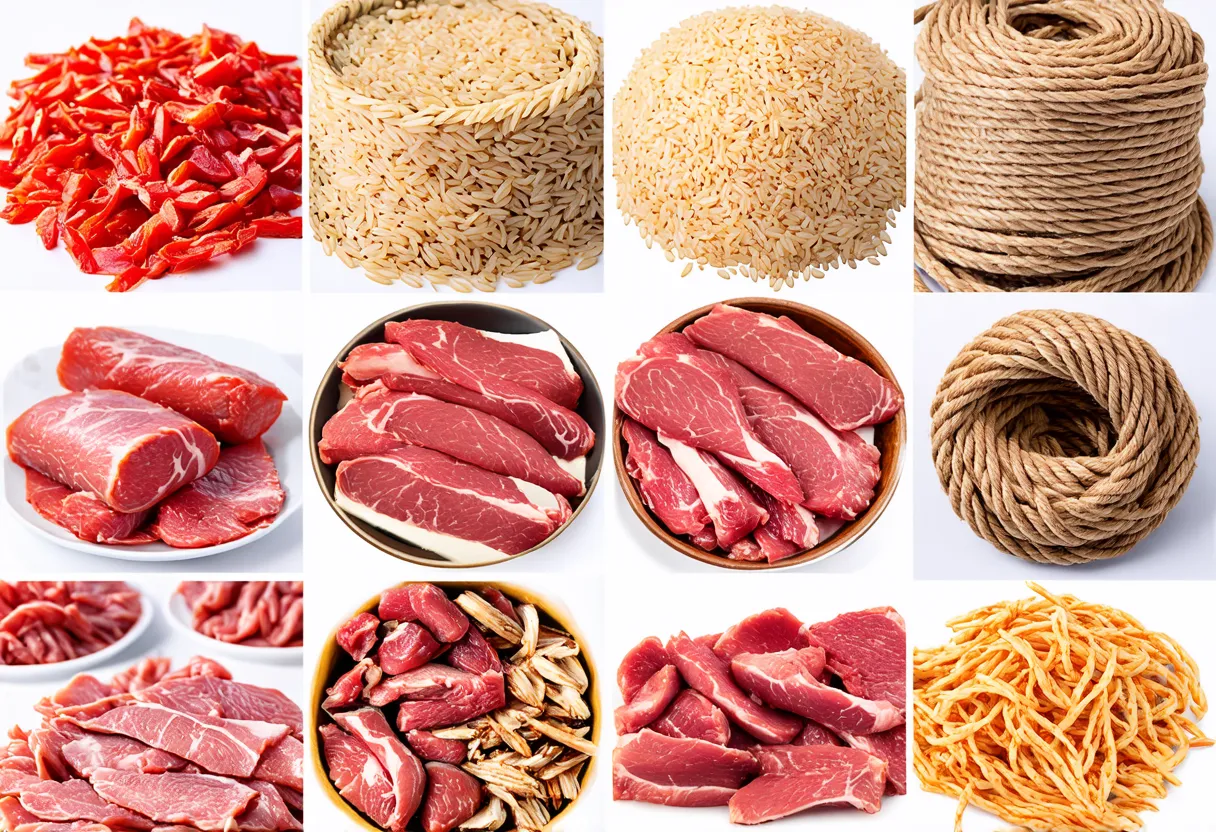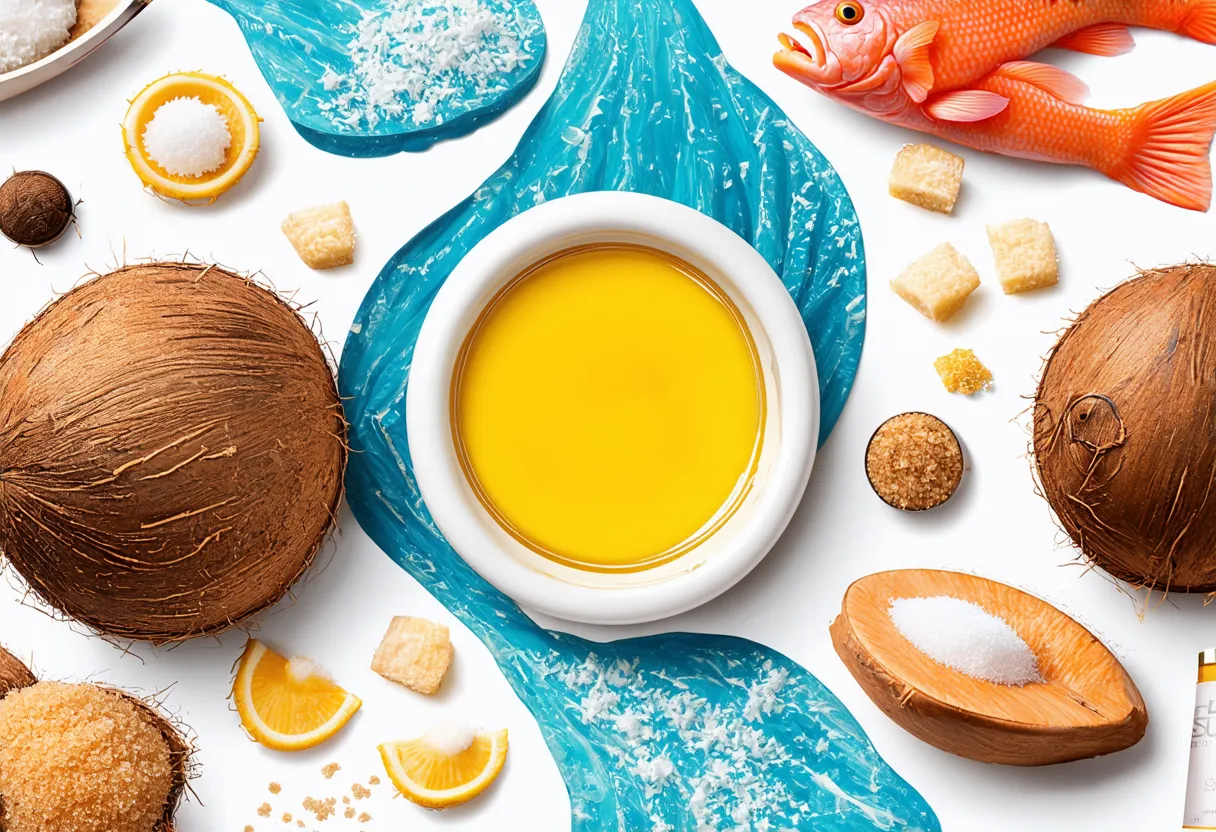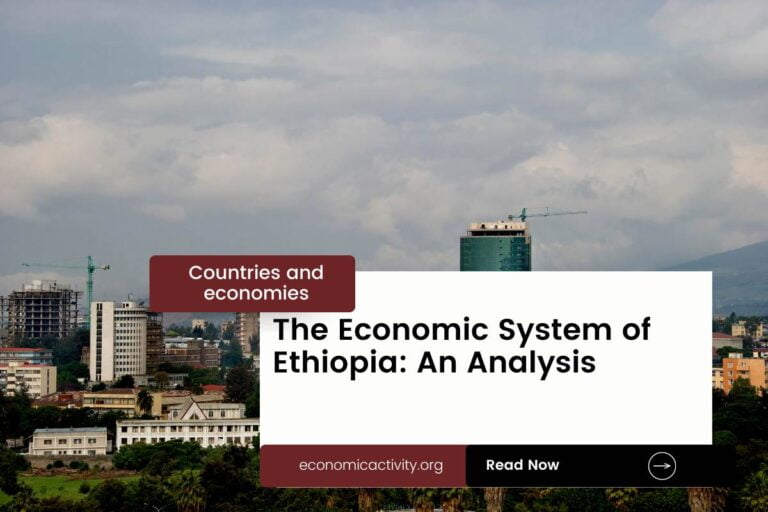Kiribati, with a population of 131,232, is ranked 172 in population size, just behind Curacao. Located in the Pacific Ocean, it covers 810 square kilometers, ranking 167 in surface area, just below the Turks and Caicos Islands.
Kiribati, with a GDP of 223,353,014.29 USD in 2022, holds the rank of 185 in the global economic landscape, trailing behind the Marshall Islands with a GDP of 258,774,475.10 USD. In terms of GDP per capita, Kiribati ranks 151 with 1,701.97 USD, falling short of Haiti, which ranks 150 with a GDP per capita of 1,748.26 USD.
Despite facing economic challenges, Kiribati continues to strive for growth and development in various sectors to improve its economic position on the world stage.
What are the economic activities of Kiribati?
- Primary activities: 23% of GDP.
- Secondary activities: 7% of GDP.
- Tertiary activities: 70% of GDP.

Primary Sector of Kiribati
Kiribati’s primary sector, particularly agriculture, thrives due to its tropical climate and abundant natural resources. With 41.98% of the land dedicated to agriculture, the country produces a variety of crops and animal products such as coconuts, bananas, vegetables, taro, tropical fruits, pork, chicken, nuts, eggs, and pork offal.
Despite contributing 23% to the GDP, agriculture plays a crucial role in Kiribati’s economy by providing food security and employment opportunities. The diverse range of agricultural products highlights the sector’s importance in sustaining the country’s population and supporting local livelihoods.
Kiribati’s geological diversity, with its scattered atolls and fertile soil, impacts resource availability. The primary sector relies on copra from coconuts and fish, while phosphate production ceased in 1979. These resources sustain the economy through agriculture and fishing industries.
Secondary Sector of Kiribati
What is the secondary sector or what are secondary activities?
The secondary sector involves industries that transform raw materials from primary activities into finished products for consumption. In Kiribati, the main industrial products are handicrafts and construction materials. Handicrafts are traditionally made by local artisans, while construction materials support infrastructure development in the country.
In 2023, Kiribati’s manufactures exports accounted for a minimal percentage of the total exports, indicating their insignificant contribution to the country’s overall export economy.
Tertiary sector of Kiribati
What is the tertiary sector or what are tertiary activities?
The tertiary sector in Kiribati involves providing intangible services to enhance productivity and meet needs. Key activities include healthcare, education, banking, tourism, transportation, and telecommunications. These services contribute to the country’s economic development and well-being.
Notably, Kiribati’s economy heavily relies on tourism, contributing significantly to its GDP. With an annual influx of 12,000 tourists, constituting 0.0914 of its population, the industry thrives. The pristine beaches of Tarawa Atoll and the picturesque Christmas Island are among the top destinations, attracting visitors worldwide with their natural beauty and cultural richness.
Another example of tertiary economic activity is the mobile cellular sector, which boasts around 64,000 subscriptions, facilitating communication and supporting technological growth. With 49 subscriptions per 100 inhabitants, it enhances connectivity, enabling local businesses and services to thrive, ultimately fostering innovation and economic development.
International Trade of Kiribati
Import Activities of Kiribati

Kiribati’s import activities are of high importance, with imports accounting for 96.27% of its GDP in 2023, totaling 21,502,929.94.
Kiribati’s major import activities include ships, refined petroleum, rice, twine and rope, and prepared meat. Its top import partners are Taiwan (25%), China (22%), Fiji (13%), Australia (9%), and South Korea (7%).
Exports Activities of Kiribati

Kiribati’s total exports in 2023 amounted to 21,502,929.94. With exports contributing only 9.63% to its GDP, export activities hold low importance in the country’s economy.
Kiribati primarily exports fish, ships, coconut oil, copra, and raw sugar. Its key export partners include Thailand (55%), Philippines (15%), Japan (10%), Indonesia (8%), and South Korea (4%).
Kiribati economy challenges in 2024
In 2024, Kiribati faces challenges with its fragile environment, dependence on phosphate mining, and a public sector-dominated economy. The ongoing constitutional crisis and withdrawal from the Pacific Islands Forum add to the country’s struggles. With a lower-middle income status, Kiribati relies on remittances, tourism, and fishing industries for economic stability.




Leave a Reply